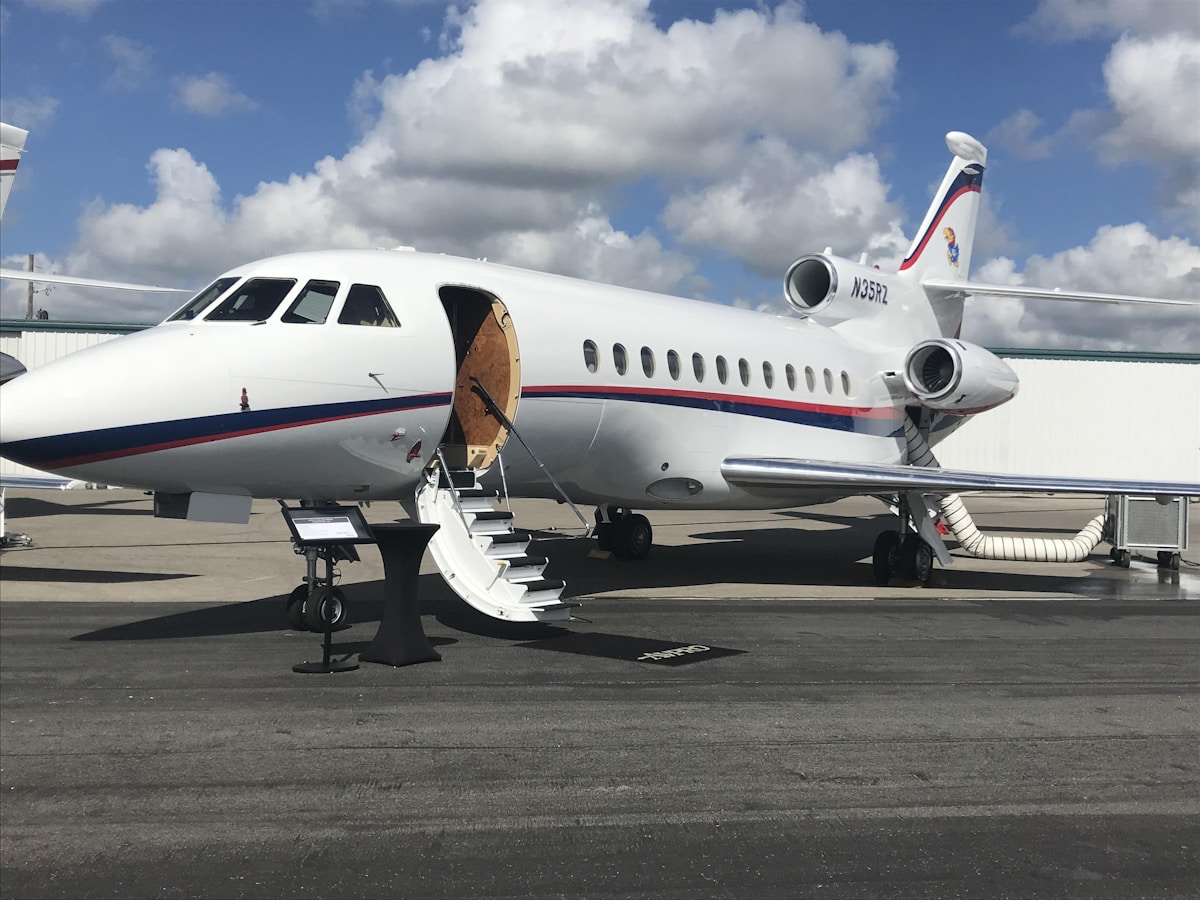EIDW Charts
EIDW Charts
Charts are crucial for any pilot. They provide essential information for navigating and operating safely. EIDW charts are no different. EIDW, or Dublin Airport, is among Ireland’s busiest. Understanding its charts is vital for anyone flying in or out of this location.

Types of Charts
There are different types of charts available for EIDW. Each serves a specific purpose and provides unique information. Some of the main types include:
- Aerodrome Charts: These give an overview of the airport layout. They show runways, taxiways, aprons, and essential buildings.
- Approach Charts: Used during the arrival phase. They show the procedures for approaching and landing.
- Departure Charts: Used during takeoff and departure. They outline procedures to follow when leaving the airport.
- Enroute Charts: These provide information for the enroute phase of flight. They show airways, navigational aids, and waypoints.
Aerodrome Charts
These charts are essential when operating on the ground. They include detailed layouts of the airport’s runways and taxiways. Pilots use them to navigate safely from parking to the runway and vice versa. Understanding the aerodrome chart ensures that pilots do not get lost or mistakenly enter an active runway.
Important information on these charts includes runway lengths and widths. Taxiway designations are also marked. Buildings like control towers and terminals are easily identifiable. Knowing the exact location of these elements aids in efficient ground operations.
Approach Charts
Approach charts guide pilots from cruising altitude to the runway threshold. They include procedures like ILS (Instrument Landing System) approaches. Pilots rely on these charts for safe and precise landings, especially in poor visibility. Each chart caters to different runways and approach types. They provide step-down altitudes, holding patterns, and missed approach procedures. Adhering to these steps ensures a safe descent and landing at EIDW.
Departure Charts
For a safe takeoff and climb, departure charts are indispensable. They specify the initial climb, turns, and altitude restrictions. These procedures, known as Standard Instrument Departures (SID), help avoid collisions and ensure an organized flow of traffic around the airport. EIDW is busy; hence, following these charts precisely is critical. They guide pilots from the runway to the enroute phase efficiently.
Enroute Charts
During the enroute phase, pilots use enroute charts. These charts show airways, navigational aids, and waypoints. They are essential for navigating between airports. Airways are highways in the sky, connecting various waypoints and navigational aids like VORs and NDBs. By following these charts, pilots can navigate efficiently and avoid restricted or dangerous airspace.
Understanding Chart Symbols
Charts use various symbols to convey information. Familiarizing oneself with these symbols is essential. For example, runways are depicted as bold, straight lines. Taxiways are thinner lines intersecting the runways. Holding areas and aprons are shaded areas near terminals. NAVAIDs like VORs are represented with specific icons and frequencies. Understanding these symbols ensures pilots can quickly gather essential information.
Altitude and Airspace Information
Charts provide altitude information crucial for flight safety. Minimum altitudes ensure obstacle clearance. Maximum altitudes often relate to airspace restrictions. Airspace classes and their boundaries are also marked. Knowing these details helps pilots comply with regulations and avoid conflicts. It ensures a smooth and safe operation within the designated airspace.
Using Charts in the Cockpit
Pilots often use tablets or electronic flight bags to display charts. This method provides flexibility and ease of access. It allows for quick updates and seamless switching between different types of charts. Both during the pre-flight briefing and actual flight, being well-acquainted with EIDW charts enhances situational awareness. It allows for better preparation and confident decision-making throughout the flight.
Sources for EIDW Charts
Reliable sources ensure you have the most current and accurate charts. The Irish Aviation Authority (IAA) is one such source. Their website provides up-to-date charts for all Irish airports, including EIDW. Chart providers like Jeppesen also offer comprehensive coverage. These sources regularly update their database, reflecting any changes in procedures or airport layout.
Practical Tips for Pilots
Always cross-check charts for updates before a flight. Regulations and procedures can change, impacting your planned route or approach. Studying the charts thoroughly during pre-flight briefings helps anticipate manoeuvres. Practice identifying key information quickly, such as frequencies and altitudes. This skill is particularly useful in high-pressure situations like a missed approach or an unplanned diversion.
Using charts effectively enhances safety and efficiency. It enables adherence to procedures, avoiding misunderstandings and errors. In busy airports like EIDW, clear knowledge of the charts contributes significantly to successful operations.




Subscribe for Updates
Get the latest articles delivered to your inbox.
We respect your privacy. Unsubscribe anytime.